6 things you need to know before making structural changes to your home
Extending up? Digging down? Pushing out? Before you get the dust sheets out (or even think about colours) and make structural changes, make sure you cover off all the practical essentials
If you've been considering making some structural changes to your home, be it a loft extension, a side return, a basement or a glass box rear extension, we've got three words to say to you. Plan, plan and plan! It's tempting to start dreaming of colour schemes and wall treatments, but trust us, to get a decent end result first things first. So before you even think about knocking down a wall, make sure you get the practicals right first.
Want more extension ideas? Kitchen extensions – how to design, plan and cost your dream space
1. Plan, plan plan
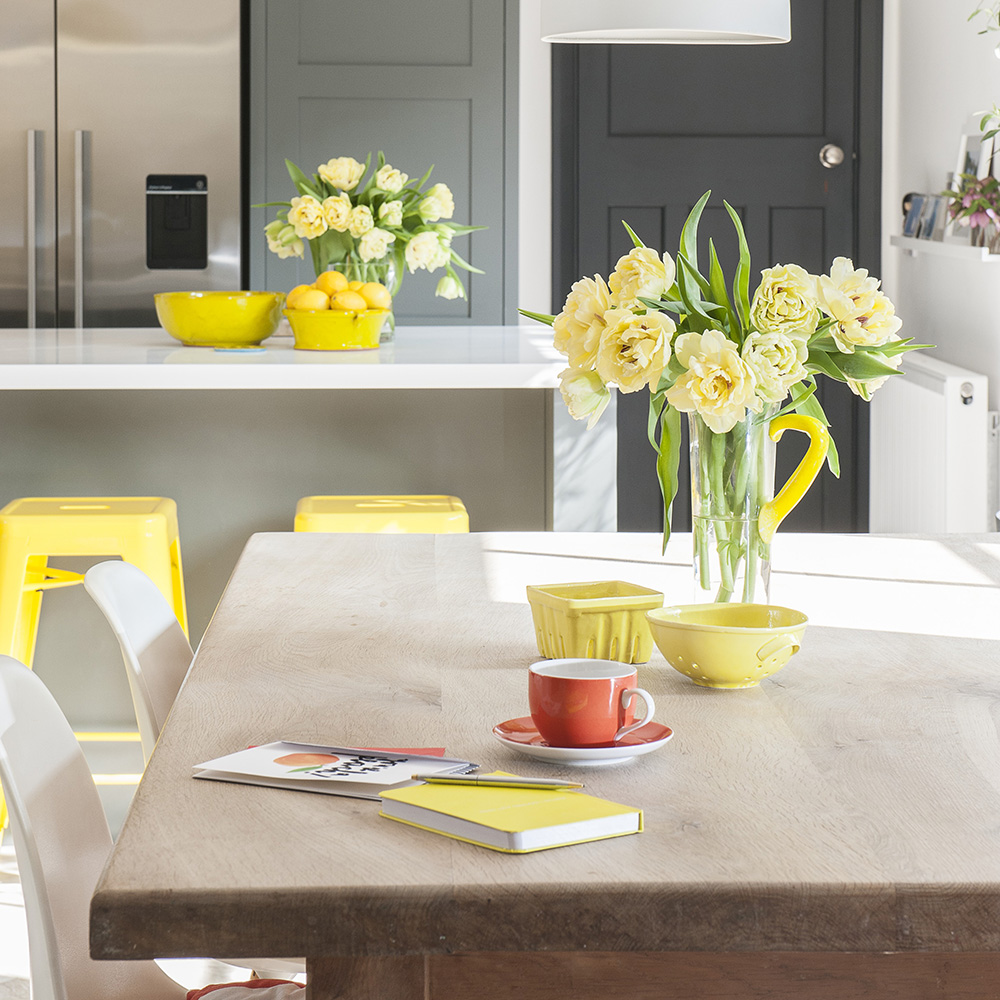
With any sizable project, it's a wise idea to sit down and identify exactly what it is you want to achieve from the work, be that larger or more efficient space, an alternate use or simply a more attractive design. Assess your needs and put together a wish list of all your requirements so you're completely clear of your objectives right from the start.
Read more: 7 jaw-dropping glass extensions you need to see
2. Create a scrapbook or moodboard
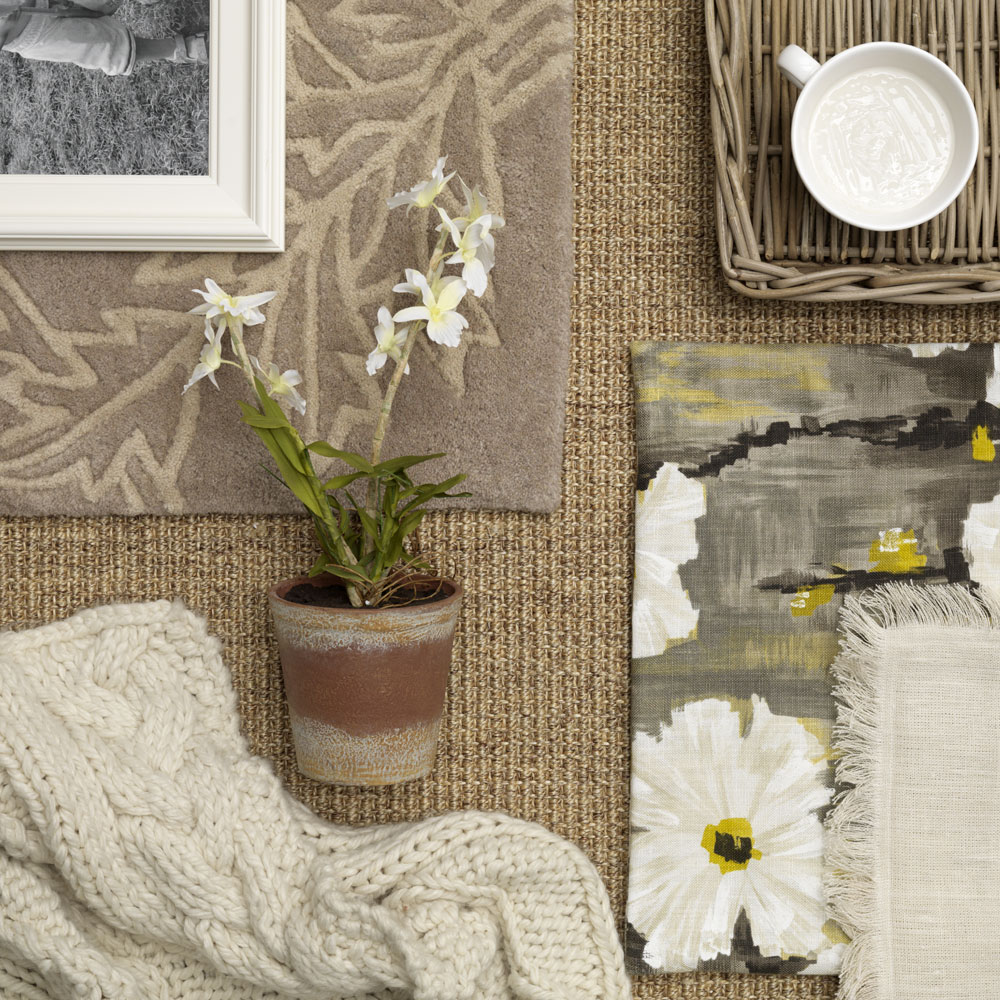
If the project has a specific aesthetic direction, it can help to bring together a visual checklist in order to identify styles that appeal to you. Flick through magazines, gather tear sheets and put together a scrapbook or mood board to help formulate your ideas.
3. Set your budget
Knowing how much money you've got to play with also enables you to keep control of what you're spending and where you can make allowances or make savings. Once any building costs and essential practical elements accounted for, you will have a clearer idea of what you can spend on fixtures, fittings and decorations (the fun bit, let's face it).
4. Hire a specialist designer or architect

Yes, it's an extra cost but it can save money in the long run. They will have the skills and expert knowledge to help you choose materials and come up with imaginative design solutions to maximize your space and budget. Source a professional through personal recommendations or for architectural projects contact RIBA. For gardens try the Society of Garden Designers and for builders and tradespeople head to The Federation of Master Builders.
Get the Ideal Home Newsletter
Sign up to our newsletter for style and decor inspiration, house makeovers, project advice and more.
5. Write a brief

If a project requires professional help, a clear and unambiguous brief is essential. Using your wish initial list, created in Step 1, outline everything you want from the project in writing, along with a projected timescale. Include a realistic budget as a designer or architect will create a plan or design to match what you can afford. This along with your visuals created in Step 2, will convey your vision much more clearly than simply trying to talk through ideas.
Read more: 5 important reasons why buying a house makes more financial sense than renting
6. Getting planning permission!
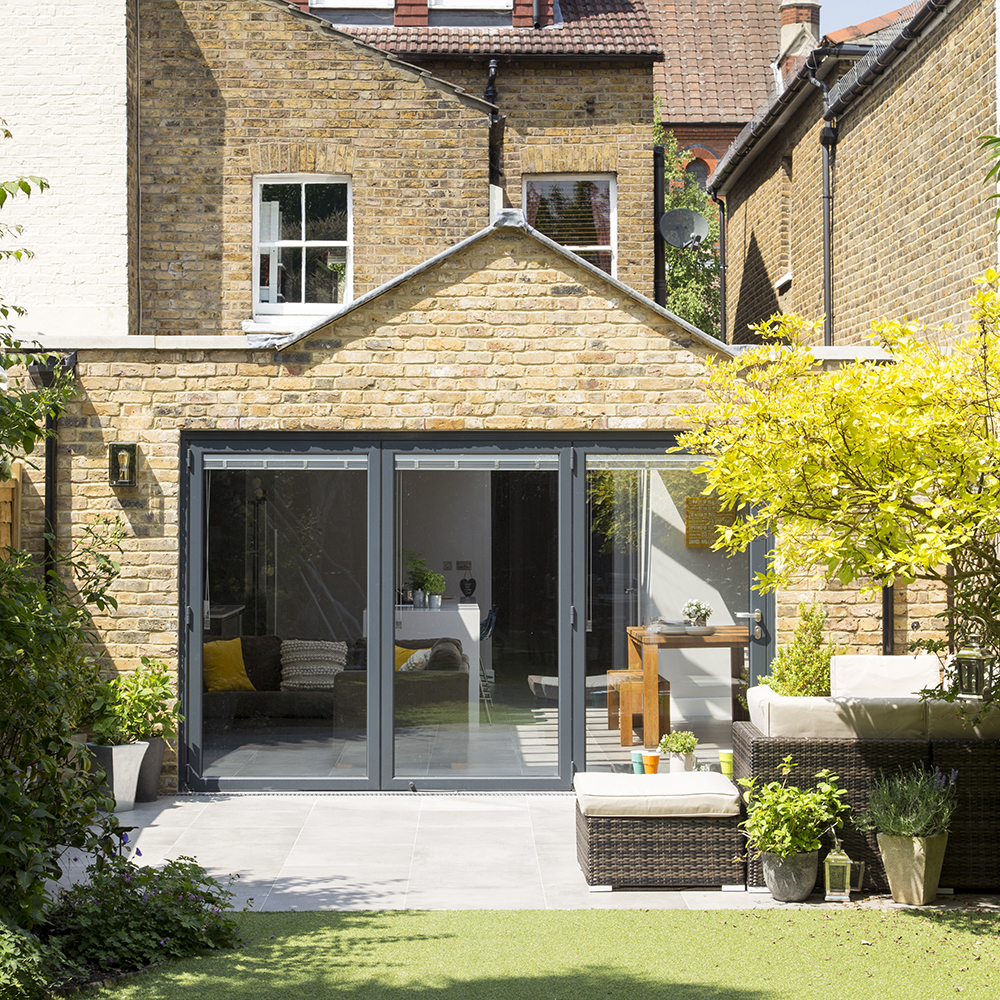
All building projects will need to comply with planning and building regulations and don't let anyone tell you otherwise. Omitting this stage will only cause you problems further down the line causing endless delays when you come to sell your propertly. Never bank on getting retrospective permissiomn either. Your architect will be able to advise you, or log on to the government's Planning Portal for more information.
Will you be making any structural changes to your home?
Jennifer is the Deputy Editor (Digital) for Homes & Gardens online. Prior to her current position, she completed various short courses a KLC Design School, and wrote across sister brands Ideal Home, LivingEtc, 25 Beautiful Homes, Country Homes & Interiors, and Style at Home.
-
 Who is responsible for repairing a party wall?
Who is responsible for repairing a party wall?How to find out who should be organising and paying for the work
By Natasha Brinsmead
-
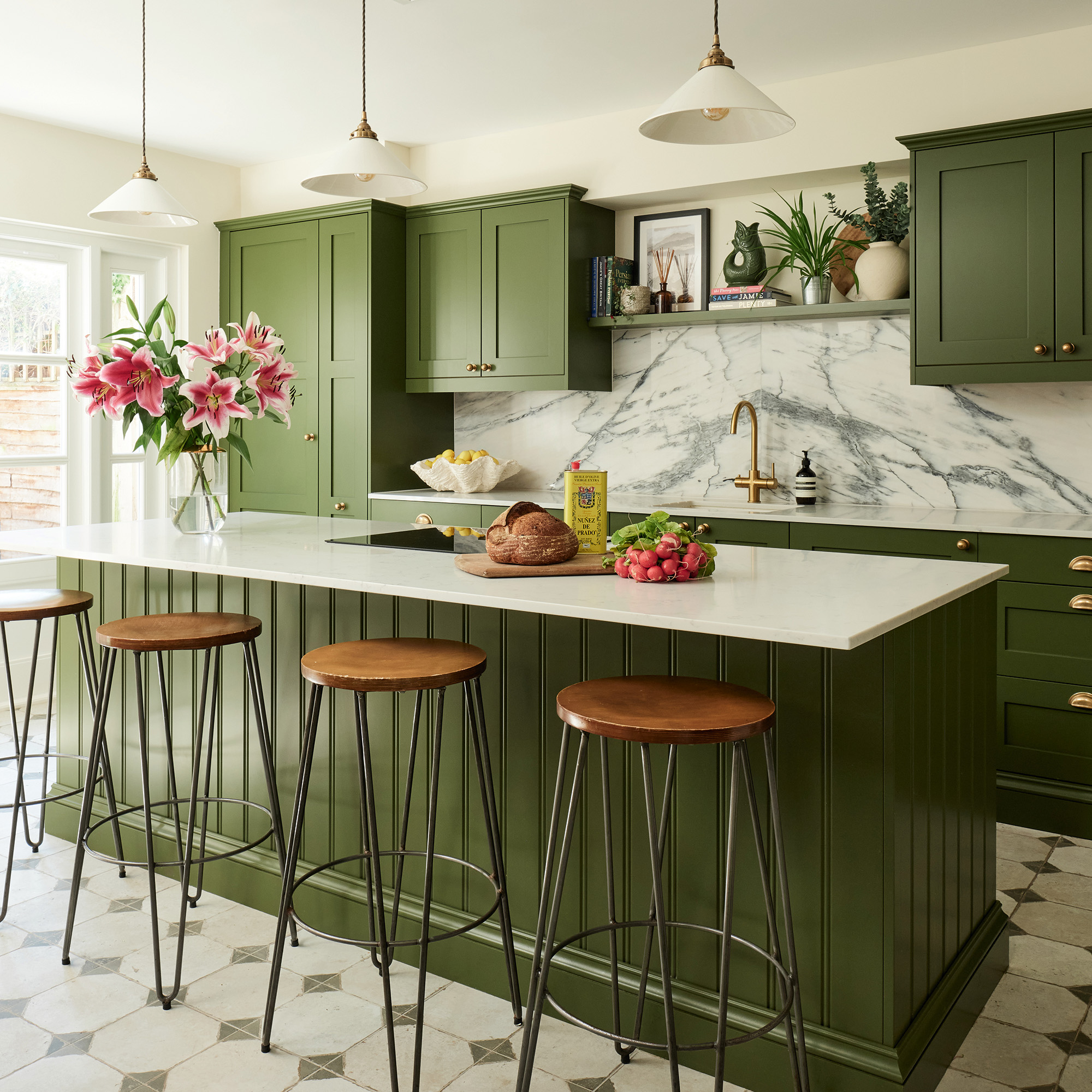 Overcoming limited space and doing away with an awkward layout, this couple created a family kitchen filled with elegant touches
Overcoming limited space and doing away with an awkward layout, this couple created a family kitchen filled with elegant touchesThe symmetrical layout is full of luxurious details
By Holly Reaney
-
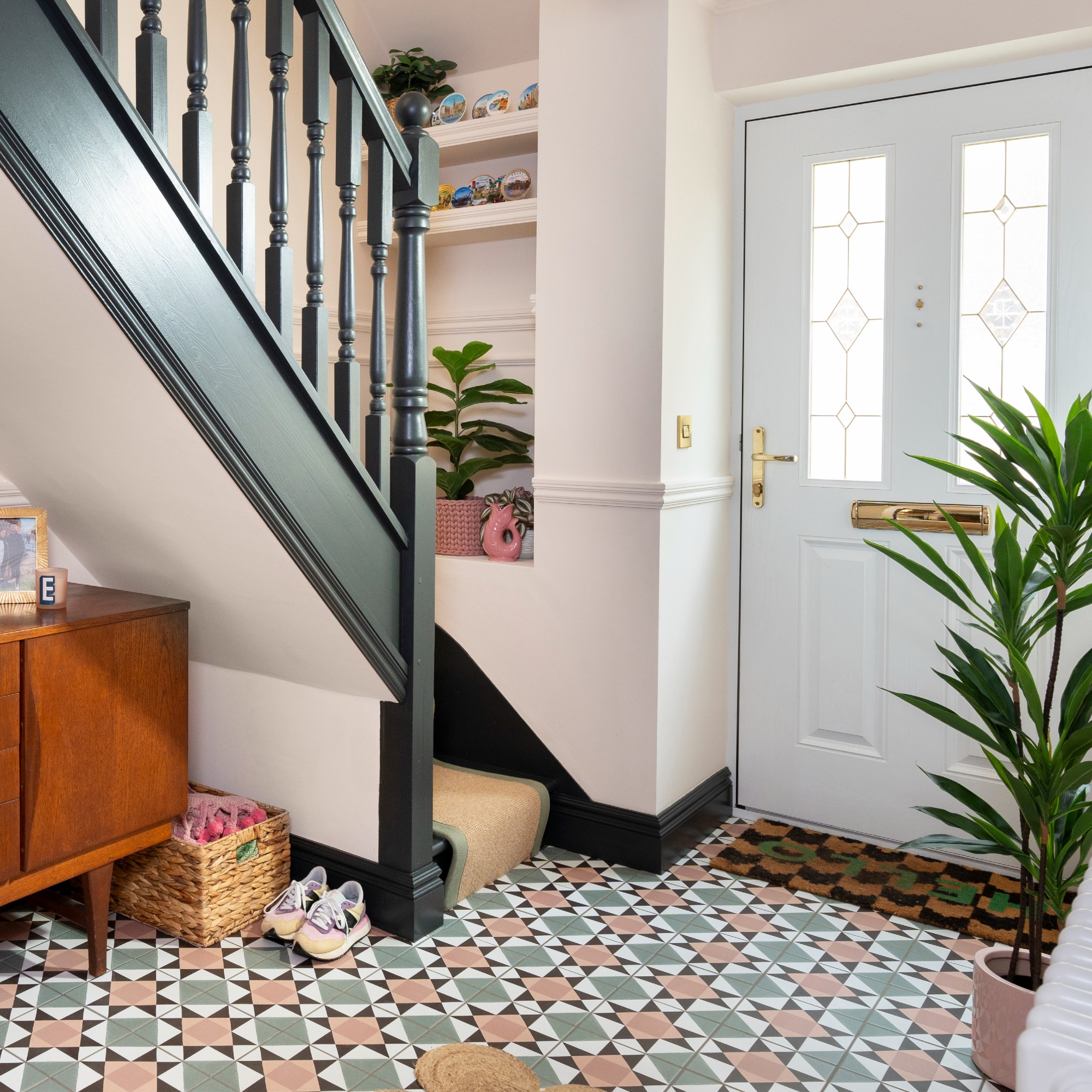 Should your doormat go inside or outside the front door? According to experts I've been getting it wrong for years
Should your doormat go inside or outside the front door? According to experts I've been getting it wrong for yearsExperts reveal the best spot for a a doormat based on your preferences and where you live
By Sara Hesikova